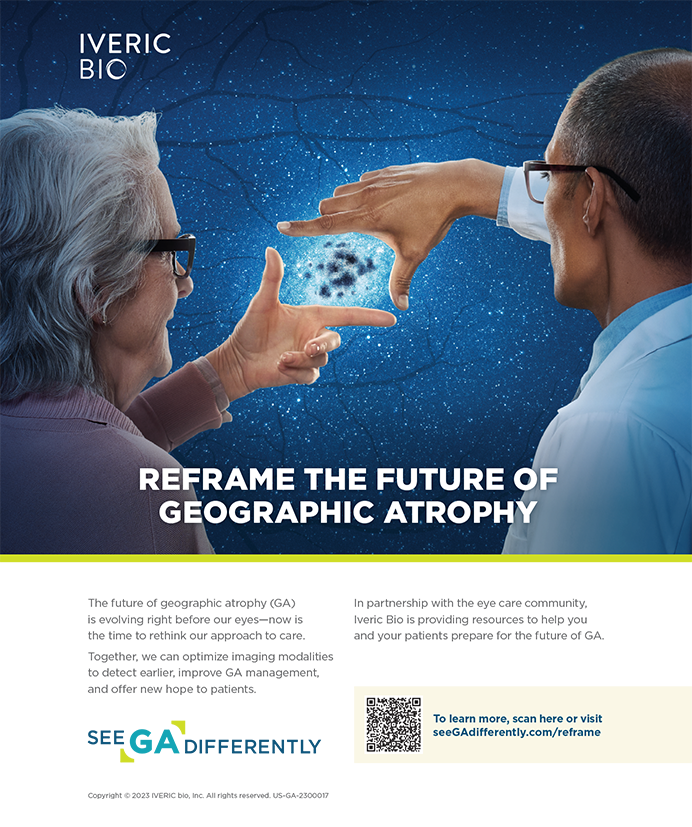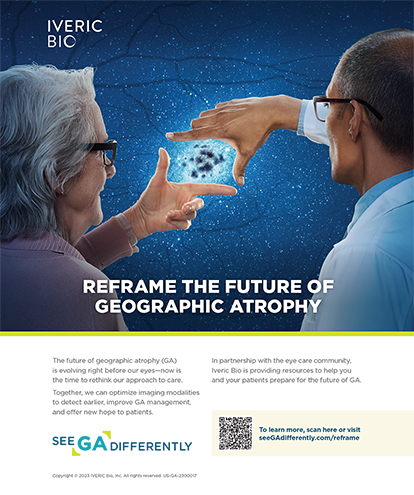
Dry eye syndrome, dry eye disease, ocular surface disease, meibomian gland dysfunction, and dysfunctional tear syndrome are just a few of the diagnostic names eye care providers use to describe a disturbance in tear film homeostasis. The disease, which we will refer to in this article series as dry eye disease (DED), is real, and its effects on our patients span the full spectrum, from no symptoms to incapacitating pain, from minimal signs to overt surface breakdown.
Historically, we have come a long way. It was not too long ago that DED was not even recognized as a true disease entity. Patients with the constellation of complaints that we now recognize as DED were sometimes viewed as a nuisance to the practice and encouraged not to return. But millions of patients globally experienced DED then, and millions more do now. It is a disease that affects both women and men, both old and young.
Fortunately, we find ourselves in a new era of patient care. Over the past decade, huge efforts have allowed us to learn more about this complex disease state and to formulate novel treatment options. We now know much more about the pathogenic mechanisms of DED and how they affect our patients, and we acknowledge that DED is not a minor complaint for our patients. Rather, it is a large issue that affects not only their quality of life but also the results that we can provide after cataract and refractive surgery.
By now, DED diagnosis and its management have captured the attention of most eye care providers, and this space in eye care has exploded with innovation. Myriad peer-reviewed articles have been published, hundreds of interviews have been conducted with subject experts, and an enormous amount of data from many clinical trials have been analyzed on the topic of DED. We are fortunate to have diagnostic and point-of-care tests that, when performed by skilled technicians, can help physicians and patients better understand their diagnoses.
Thanks to the focus of pharmaceutical and medical device companies, a wide array of treatment modalities is finally available to aid our patients. Therapies range from over-the-counter, at-home remedies, and prescription medications to in-office procedures.
In this article series, we are proud to include advice, observations, and recommendations from many DED experts who were gracious enough to share their pearls of wisdom. We hope this series inspires you to continue treating your DED patients with old and new modalities so that they can experience lasting relief.




